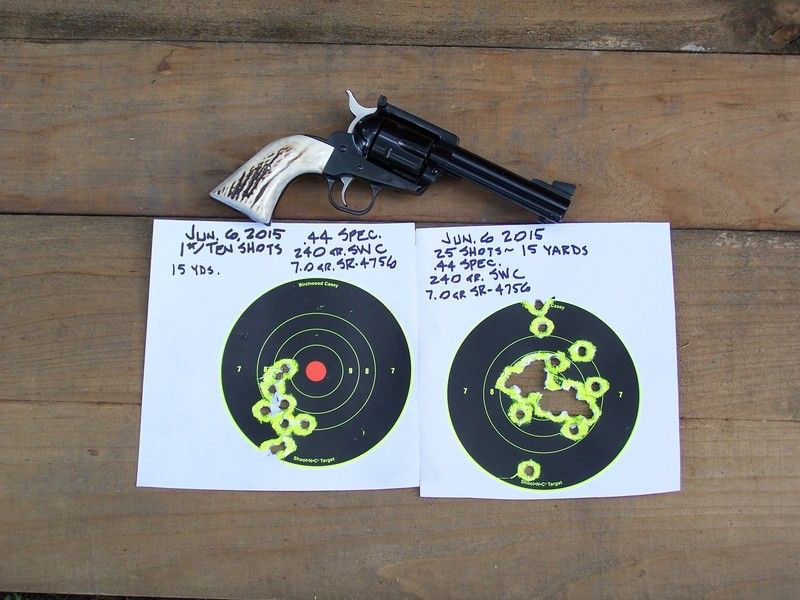Bob Wright said:
I beg your pardon for posting on the Auto Pistol forum. But every pistol I've ever owned had adjustable sights. The Colt Gold Cup was fitted with Eliason sights, probably one of the best. And my ruger also had asjustable sights.
All the pistols YOU'VE EVER OWNED are arguably NOT typical nor a representative sample of the guns that most shooters own or use.
If you visit the big-name gun makers' websites, you'll see that adjustable sights are not standard or all that common. Check the SIG, Glock, CZ, Colt, FN, Springfield, Walther, or H&K web sites and you'll see that FIXED SIGHTS (that are shiftable for windage) are the standard for most models, followed by similarly shiftable NIGHT SIGHTS. (Most most folks don't consider a sight that can be shifted in the dovetail an ADJUSTABLE sight as some MIGHT be using the term, in this discussion.) Adjustable sights are available, but typically only on a smaller number of models.
Bob Wright said:
B[e]it revolver or auto, different bullet weights will print differently...
Different bullet weights can affect point of impact, but once the rear and front sights are properly aligned with the barrel/slide, ONLY elevation needs to be changed. (Some folks deal with that issue by switching from a "center of target" hold to a "6 o'clock" hold -- or vice versa.)
Unless there is a reason to frequently change bullet weights or loads --
and perhaps you do have such a reason -- the vast majority of civilian, military or LEO shooters don't have such a reason. Most handgun are typically designed around a specified bullet weight range, and if you stick within that range, you'll seldom have problems.
With most of my guns, a slight change in bullet weight doesn't change the point of impact all that much, unless I'm shooting beyond 25 Yards -- and if I really need to hit things with a firearm at that distance a lot, I should probably be using a rifle or a handgun set up with a longer barrel and proper magnified optics.
If you decide to go with a different weight bullet, you can get a replacement (front or rear) sight from the gun maker that will make things right -- often free, or for a very small fee...

